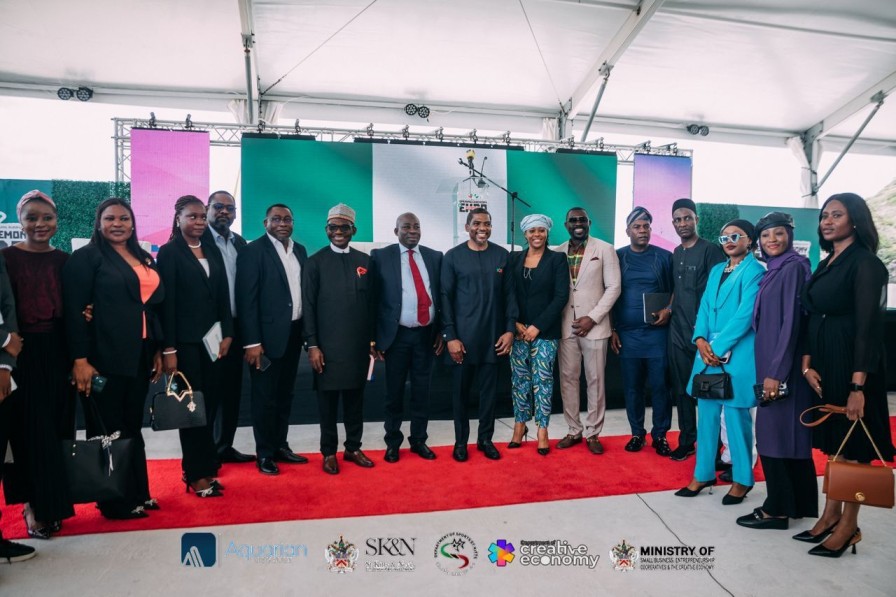PROTECT YOUR DNA WITH QUANTUM TECHNOLOGY
Orgo-Life the new way to the future Advertising by AdpathwaySaudi football club Al-Hilal has spent $562 million on player transfers in just two years. This massive spending comes after Saudi Arabia’s Public Investment Fund (PIF) bought a 75% stake in the club in June 2023.
PIF manages $700 billion and wants to use sports to help Saudi Arabia’s economy grow beyond oil. Al-Hilal’s spending is much higher than top clubs in Brazil, who together spent $362 million in the same period.
The club’s biggest signing was Neymar from Paris Saint-Germain for $105 million. Other expensive players include Malcom ($70 million), Rúben Neves ($64 million), Aleksandar Mitrović ($61 million), and Sergej Milinković-Savić ($46 million).
In the 2024-25 season, Al-Hilal also signed Marcos Leonardo for $47 million, Moteb Al-Harbi for $34 million, and João Cancelo for $29 million.
This investment is not just about players. Al-Hilal replaced coach Jorge Jesus, who earned $15 million a year, with Italian coach Simone Inzaghi, who now earns $30.5 million per year. These salaries are among the highest in football.
 Saudi Arabia’s Al-Hilal Pumps $562 Million Into Transfers to Muscle Past Football’s Old Elite. (Photo Internet reproduction)
Saudi Arabia’s Al-Hilal Pumps $562 Million Into Transfers to Muscle Past Football’s Old Elite. (Photo Internet reproduction)Al-Hilal’s revenue jumped 68% to $290 million after PIF’s takeover. The club signed 14 new sponsors and saw more fans at matches. Players also get big bonuses.
A league win once earned each player $27,900, and beating Manchester City in the Club World Cup brought even bigger rewards. The team’s roster is truly international.
Brazilians remain the largest foreign group, but the squad also includes players from Senegal, Morocco, Portugal, and Serbia. Some key players, like Mitrović and Salem Al-Dawsari, missed recent games due to injury, so new signings like Marcos Leonardo stepped up.
Al-Hilal’s Bold Strategy Lifts Saudi Football’s Global Profile
Al-Hilal’s new coach has changed the way the team plays. The team now uses quick counterattacks and mixes defensive and attacking phases. This approach helped them beat Manchester City 4-3 in a recent Club World Cup match.
This huge investment is part of Saudi Arabia’s plan to raise its profile in global football and support its bid to host the 2034 World Cup. The club’s spending model is similar to other Saudi investments: spend big up front to build a strong brand quickly.
Al-Hilal’s strategy is already having an impact. More broadcasters now show Saudi league matches, and online viewership has grown by over 200% in one year.
The club’s financial model, which combines large spending with rising income, shows that Saudi football is becoming a serious player on the world stage.
Whether this approach will work in the long term depends on continued success on the field and growing fan interest, but the early results are hard to ignore.


 1 week ago
4
1 week ago
4










 English (US) ·
English (US) ·  French (CA) ·
French (CA) ·  French (FR) ·
French (FR) ·